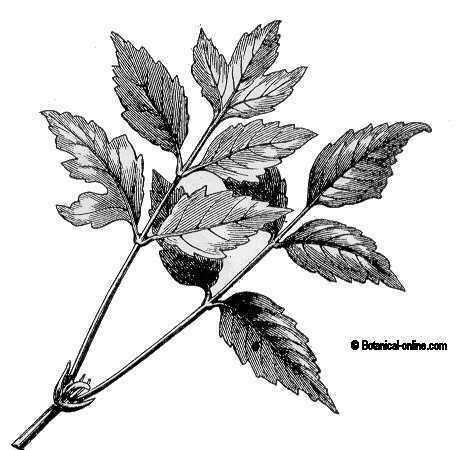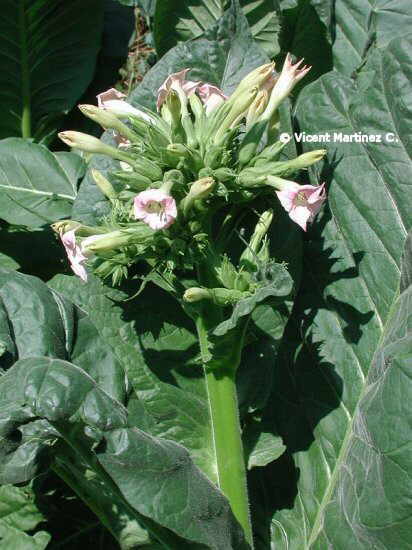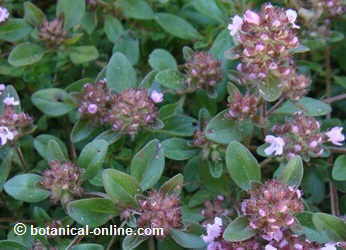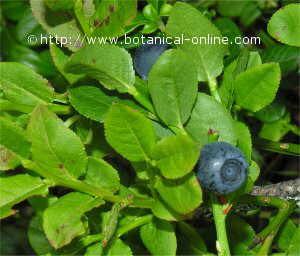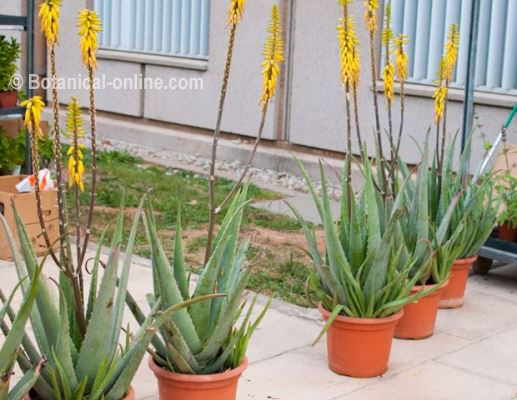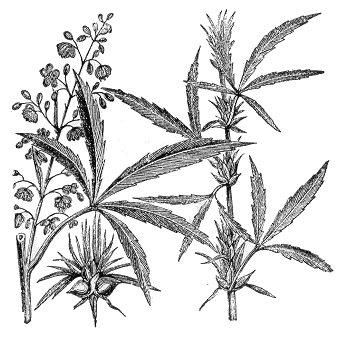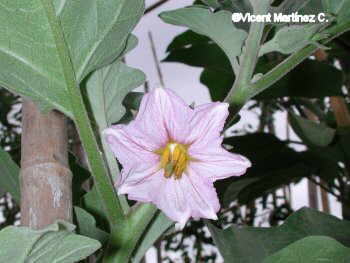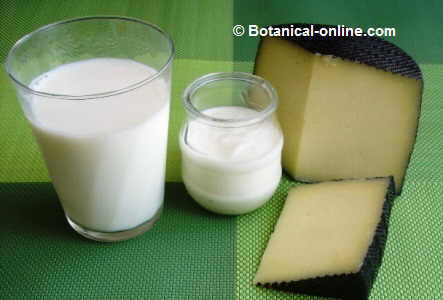Contents
What is a vanilla (Vanilla planifolia) ?
Characteristics of vanilla plant
Common English name: vanilla, vanilla bean (fruit), vanilla orchid
Common name in other languages:
– Spanish / Castellano: vainilla, bejuquillo, vainillero, vainilla mexicana (related to its origin). In Spanish, its name derives from the diminutive form of “vaina”, meaning in English “Little pod”.
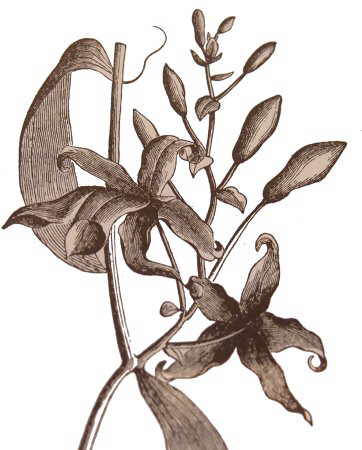 Illustration of vanilla plant with flowers. Illustration of vanilla plant with flowers. |
– French / Français:: Vanilla
– Catalan / Català: Vainilla
– Basque /Euskara: Bainila
– Portuguese / Português: Vainilla
– Italian / Italiano: Vaniglia, vainiglia
– Romanian / Română: Vanilla
– Turkish / Türkçe: Vanilya
– Dutch /Nederlands: Vanille-orchidee
– German / Deutsch: Gewürzvanille
– Polish /Polski: Wanilia płaskolistna
– Danish / Dansk: Vanilje
– Norwegian /Norsk bokmål: Vanilje
– Finnish /Suomi: Vanilja
– Swedish /Svenska: Vanilj, vaniljorkidé
Scientific name: Vanilla platifolia Andrews.
Etymology: Its scientific name refers to the fruit of the plant in the form of small pod “Vanilla” from spanish “Little pod” = “vaina pequeña” and to the flat shape of its leaves “planifolia”.
Taxonomic synonym: Vanilla aromatica Sw. p. p.; Vanilla epidendrum Mirb. p. p.; Vanilla fragrans (Salisbury) Ames, nom. illeg.; Vanilla majaijensis Blanco; Vanilla mexicana Miller p. p.; Vanilla sativa Schiede; Vanilla sylvestris Schiede; Vanilla viridiflora Blume
Family: Orchidaceae
Habitat: It is native to tropical forest areas of America and especially in Mexico. It also grows in tropical Brazil and South American countries. Rarely can be seen this plant in coastal areas, because it does not tolerate the salty environment.
Description of vanilla
Vanilla plant is a climbing vine or gnarled liana (woody branches), originally from the rainforest.
It is characterized, like most orchids, being an epiphyte plant (etymologically “epi = on” and “phytos= plant”, meaning that it leaves on other plants).
Vanilla plant climbs up trees to feed on sunlight, moisture and on nutrients that it captures from the air. So, when its root is cut, the plant can stay alive.
Vanilla has a little branched perennial thick stalk, which can measure more than 10 meters in length.
Its leaves are dark green, bright, flat (hence its scientific name platifolia), oblong and spiky. Alternate, between 6 and 14 centimeters long, and between 2 and 5 centimeters wide.
Like in all epiphytes, opposite the leaves, numerous adventitious roots grow, long and strong, which serve to attach to the plants to which it climbs. It is worth clarifying that epiphytes are not parasitic, but only use other plants as “support”.
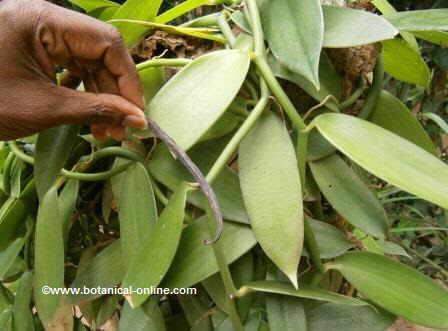
Vanilla plant
How are the flowers of vanilla?
The inflorescence of vanilla is formed by cream-colored, pale yellow or greenish funnel-shaped flowers, 3 cm in diameter. They are not all fertile and they are grouped in axillary bunches of 8 to 20 flowers.
Vanilla flower is open only two days or even just one time to be fertilized. In its natural habitat they are polinized by euglossine bees or “orchid bees” (Euglossa viridissima) are responsible; the so-called “melipones” (Melipona beechi) and hummingbirds; all of them native species of Mexico.
Outside their natural habitat, vanilla must be fertilized manually.
Only the flowers that have been fertilized fructify
How is vanilla fruit?
The fruit is a dehiscent hanging pod, blackish brown, cylindrical. It is between 8-30 centimeters long and 1.5 centimeters wide when fresh. As matures, it becomes more blackish and gives off a strong aroma. The maturation time ranges between 8 and 9 months.
This fruit, when dried, is intended to spice trade.
Inside the pod, there are lot are (sometimes even thousands) of tiny seeds, spherical and shiny black.
The plant is reproduced by cuttings and rarely by seed.
View photos of this plant in the listing below
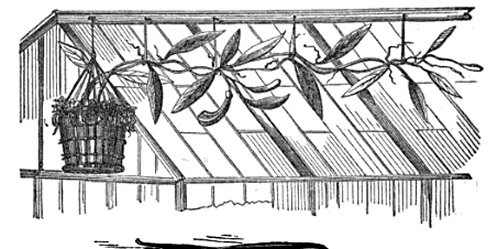
Illustration of cultivated vanilla
Components of vanilla pod
Nutritional composition of vanilla | |
Nutrients | Percentage |
50-62% | |
From whom sugars Containing fructose, glucose, sucrose | 35% |
21% | |
Protein | 10% |
Containing pectin and mucilages. | 26% |
30% | |
7% | |
The nutritional content of the vanilla pod does not stand very important because it is consumed as a spice and in small quantity.
What is really interesting is the acid content and aromatic vanilla.
– Essential oil: vanillin. At least 2%, providing the characteristic aroma to vanilla.
During the drying, vanillin is degraded in vanillosides.
It also contains vanillin, piperonal, cis-vitispiran, vanillyl alcohol, salicylates and cinnamic acid esters.
– Alcohols: pentanol, undecanol, cresol.
– Acids: salicylic acid, benzoic acid, anisic acid, acetic acid, pentanoic acid.
– Other aromatic substances: nonanal, guaiacol, dodecanal, creosol, decane, pentanal, hexanal, heptanal.
– Tannins.
Vanilla contains more than 169 different aromatic compounds, so is not comparable to artificial vanillin.
![]() More information on vanilla.
More information on vanilla.

